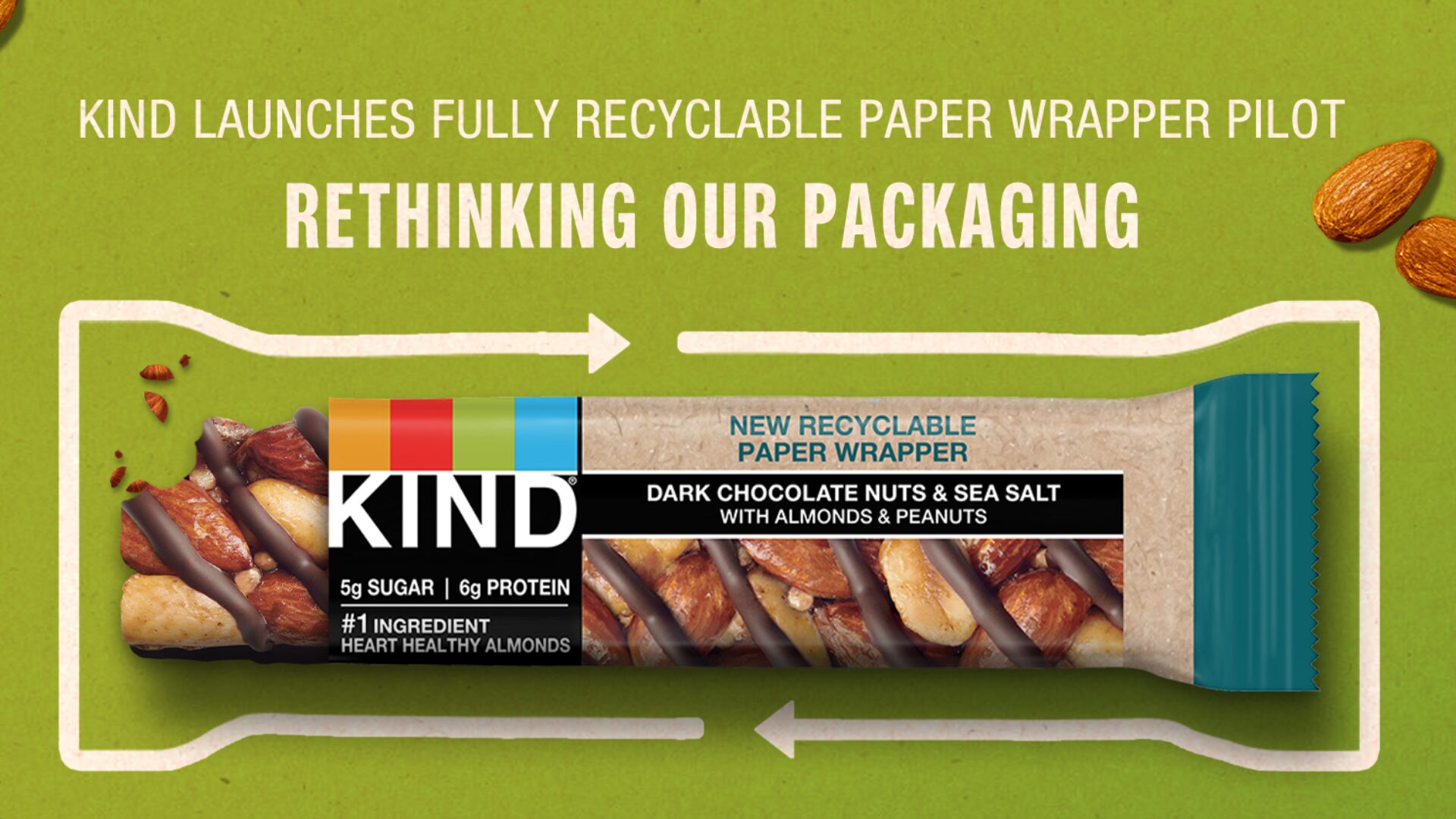In a potentially groundbreaking discovery, a new process essentially “beheads” PFAS, a group of harmful manufactured “forever chemicals,” causing them to fall apart and leave behind only benign end products.
PFAS, or per- and polyfluoroalkyl substances, have posed a problem since the 1940s, when they began being manufactured and commonly used as nonstick and waterproofing agents. The food industry started using containers with PFAS as an alternative to plastic, and these days the chemicals can often be found in fast-food wrappers, French fry boxes, and bottled water, as well as various other items.
The toxic chemicals are linked to many adverse health effects and are impossible to destroy – that is, until now, it would appear.
Chemists at Northwestern University, led by William Dichtel, have developed a process that causes two major classes of PFAS compounds to fall apart using low temperatures and inexpensive, common reagents, the school noted.
EFFECTS OF PFAS
PFAS have been used in everything from nonstick cookware to waterproof cosmetics, eventually finding their way into our drinking water and the bloodstreams of 97% of the U.S. population. The U.S. Environmental Protection Agency recently declared several PFAS to be unsafe, even in trace amounts, putting the chemicals in the same category as lead.
However, the adverse health effects associated with PFAS aren’t fully understood and, therefore, are difficult to predict or control.
“People who are more vulnerable (e.g., some older people and children) can be sickened by even trace amounts of chemicals either alone or in mixtures,” Allen Rathey, director at the Indoor Health Council, told The Food Institute. “Unfortunately, it is hard to know which chemical hazard at what exposure will exploit a vulnerability.”
BREAKING INDESTRUCTIBLE BONDS
The reason PFAS are practically indestructible is because of their chemical bonds—a long tail of carbon-fluorine bonds, the strongest bonds in organic chemistry. That’s why it’s eye-opening that researchers at Northwestern were able to identify a weakness while studying the compounds.
At one end of a PFAS molecule, there’s a “head group” that often contains charged oxygen atoms. Dichtel and his team targeted the head group by heating the PFAS in dimethyl sulfoxide, a solvent, with sodium hydroxide, a common reagent. This process decapitated the head group, leaving behind only a harmless reactive tail.
This new technique uses much simpler and inexpensive conditions than previous attempts to break down PFAS, meaning it could potentially be a practical solution for widespread use.
Still, experts say we have a long way to go before the PFAS problem is solved.
PEERING AHEAD
Even with chemists discovering new ways to destroy certain PFAS, the issue of the chemicals being used in consumer-packaged goods persists.
“PFAS in packaging is in a state of flux,” Ross Youngs, environmental scientist and CEO of Univenture told The Food Institute. “While some states have full bans [on PFAS] for consumer-packaged goods, others are void of regulations.”
“The problem is that manufacturers have minimal incentive to spearhead changes unless external pressures from customers or litigation become a motivation,” Youngs added.
Rathey, for his part, was also careful to note the scope of the issue at hand.
“While any effort to lower exposure to chemicals is laudable, the problem is more complex than finding and eliminating one smoking gun (e.g., PFAS),” he said.











